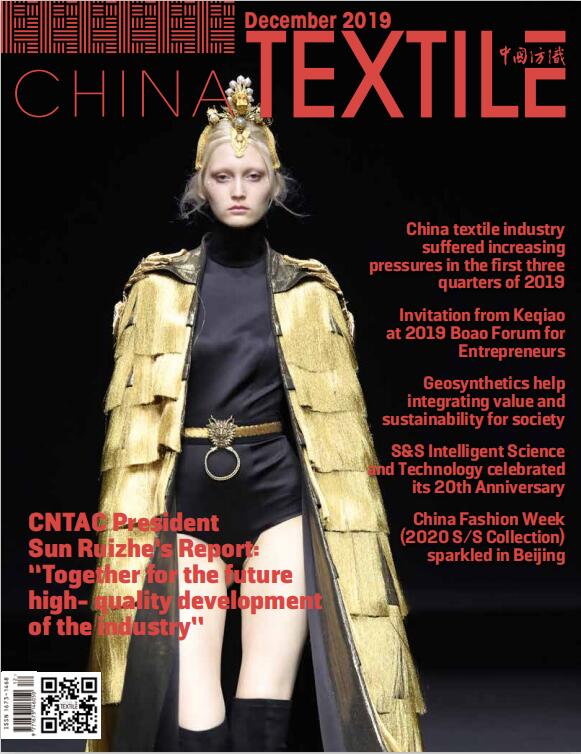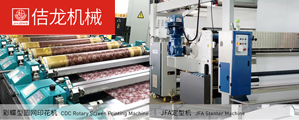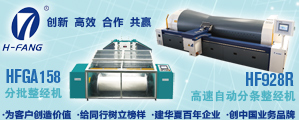What is the next eco-friendly innovation in outdoor clothing?
Jun 06, 2025 | by Qiu Shuchen
As "PFC Free" becomes a standard feature for more and more outdoor brands, environmental protection is no longer a distant slogan, but has become a necessary choice in consumer decision-making. When labels ‘PFC free’ are attached to products, we cannot help but ask: Where will the next environmental revolution occur?
Indeed,” PFC Free “is important to environmental protection, as it corrects the environmental and health risks that traditional DWR (durable waterproof) treatment may bring, and reshapes the industry's understanding of the relationship between "function" and “environmental protection ". However, this is only a temporary 'replacement'. The essence of environmental protection should not only focus on what has been used, but also on what has been left behind.
The difficulty of “PFC Free” is never about replacing "certain chemical additives", but about how to carry out a systematic redesign while ensuring functional performance. At this level, the future sustainable design will show more possibilities - the next step in environmental protection is not to ban something, but to reconstruct something from the beginning.
From material optimization to system reconstruction
A leader of the R&D once metaphorically referred to the environmental protection: "It's like changing your house to eco-friendly paint without improving the ventilation system, which is meaningless." This also applies to the textile industry. The truly sustainable path should not only be limited to material substitution, but should also involve collaborative optimization of the entire chain from the beginning to the end.
In this process, more and more functional fabric companies are moving from "single point improvement" to "system optimization". It is a reflection of the industry moving towards a more sustainable future.
Direction 1: From 'Performance competition' to 'Scene matching'
In the early stage, the competition of functional clothing mainly focused on parameters such as higher waterproofness, stronger wear resistance, and greater breathability. However, as consumers gain a deeper understanding of the product, "high parameter" is no longer the only factor for consideration. The true comfort and efficiency experience comes from precise matching of different scene requirements.
As a functional fabric solution brand, FLYTEC always starts from the needs of real outdoor sports scene of users, accurately meets various user needs and provides more suitable solutions for different scenarios by selecting fabric solutions.
In extreme environments, facing changing weather, outdoor clothing must have durable protection and comfortability to ensure that the wearer remains dry. The FLYTEC DEFEND PRO series utilizes fluorine free PIMI microporous film and fluorine free anti splash water technology to achieve a hydrostatic pressure of 30000mmH2O, with excellent waterproof performance and good breathability, providing reliable and comfortable protection for wearers in extreme weather conditions. By developing suitable fabric substrate combinations, a complete fabric solution can be formed to effectively help users defend against various unpredictable extreme weather conditions.
For high-intensity scenarios such as cycling and running, breathability and lightness are crucial. The FLYTEC DEFEND AIR series fabric adopts innovative electrospinning technology, manufactured through interconnected nanofiber network structures, allowing steam and air to pass directly while forming a barrier to block moisture. Not only does it have excellent waterproof performance, but it also ensures that users can enjoy breathable comfort during various high-intensity activities.
FLYTEC's "scene matching" not only improve the comfort of wearing, but also effectively avoids unnecessary resource waste. Through optimized design, FLYTEC emphasizes precise matching of functional requirements rather than simply pursuing parameters, which also provides a new approach for future environmental protection and sustainable development.
As FLYTEC Marketing Director Fang Jiayan said, "We do not take the environmental protection as a simple process improvement, but rather as an optimal solution between 'less consumption, less damage, and less waste'.
Direction 2: Multi scene, better and less
Sustainable development has become a consensus, and environmental protection should be deeply rooted in the underlying logic of product design. 'Better and less' is becoming a popular sense among more and more enterprises: by improving performance and scene adaptability, extending the lifecycle of clothing, and reducing resource waste.
Taking FLYTEC as an example, its independently developed” iwarm” intelligent temperature control solution integrates a series of functions such as flexible heating technology, intelligent temperature control system, and AI artificial intelligence regulation. Under various climatic conditions, clothing can still achieve temperature adaptive adjustment, significantly improving the frequency and efficiency of using a piece of clothing. Whether facing extreme weather or daily wear, this solution demonstrates the ability to extend the product lifecycle from the design end.
This applicability can help customs to reduce dependence on redundant clothing and overall consumption frequency and avoid production resource waste.
To some extent, this is the transition from "environmentally friendly materials" to "environmentally friendly system design". Environmental protection is no longer just a remedial action in the end, but has become an integrated design consideration from the start. Environmental protection should be a "optimal solutions" at the beginning of design.
Direction 3: Enviromental protection first
If we view the "material substitution" as the era of environmental protection 1.0 and "system design" as the 2.0 stage, then the “design pre-positioning" is the necessary path towards the 3.0 era.
Many times, we are used to conducting optimization at the end. However, enterprises that truly possess systematic capabilities will start planning functional paths, raw material selection, resource consumption, and final recycling methods from the source of design, integrating environmental protection concepts into "every aspect of the product".
FLYTEC's sustainable practices have always followed this approach. From matching the environmentally friendly product solutions for different scenarios, to adopting a single material design to achieve recycling, to a fluorine free solution based on underlying technology, every measure taken by FLYTEC is far from a simple improvement, but a deep practice of the concept of "system optimization". The competition of the environmental protection is system capabilities.
Where does the environmental protection go after “PFC Free”?
Perhaps the answer is in our daily life: it's the outdoor jacket that you've been wearing for three years and still maintains stable performance; It's the fabric that pursue the real wearing experience; It's the design process that considers' how to minimize waste 'from the beginning.
What truly drives environmental reform is a series of factors about resources, users, and system capabilities. The future environmental pioneer is not the one who shouts the loudest, but the one who is the most down-to-earth and understands the complexity of the system the most.








